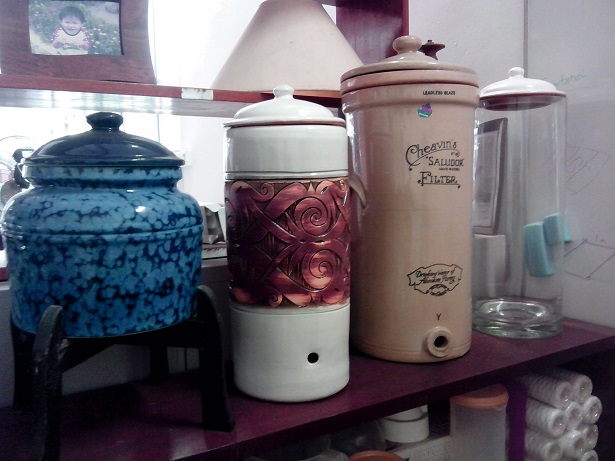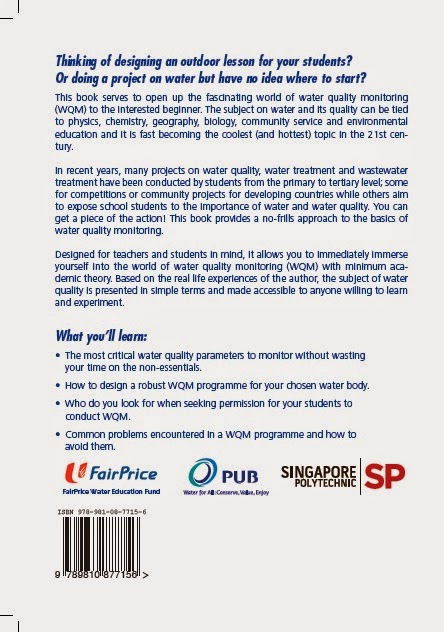Hope all is well with you. While researching on phytoremediation for wastewater, I chanced upon your blog.
http://waterqualityinsingapore.blogspot.com/2010/03/before-you-write-off-plant-as-weed-read.html
Your blog has enhanced my understanding of phytoremediation and its potential in SEA. In the blog, you mentioned Earthship Biotecture. Do you happen to know the company/inventor behind this concept?
Thanks.
Best Regards
I
Hi I,
Glad to hear that you find my post useful. From what I know, Earthship Biotecture was founded by Michael Reynolds. The idea of an Earthship is a self-contained living environment that maximises the recycling of water - closing the loop as they call it, and minimises the wastage of energy. Food is actually a "by-product" of the recycling of water. Though it does not mean 100% self-sustaining as in a spaceship, the concept is nevertheless useful as a model for future housing.
If you are seriously interested in Earthship, you can actually sign up at the website as a volunteer to help out in the construction of their current projects. Unfortunately, there are no projects in our region as they are mostly located in the U.S.
Or if you prefer to find out more before diving head-first into the physical work, check out the 2 books by Michael Reynolds.
- Earthship
- Water from the sky
Do you want to harvest rainwater and recycle your wastewater so that you will never have to depend on public utilities? Perhaps you simply want to reduce your rising water bills. Or perhaps you are an environmentalist at heart and feel strongly about conserving such a vital resource like water. If you have any of the above goals, this book excels in illustrating the processes of rainwater collection and recycling of both grey and black water. Detailed designs are available for the reader to immerse into the bolts and nuts from choosing the right materials to building a functional system which includes water treatment for rainwater, grey water and black water. Numerous photos and illustrations enable the reader to visualise each stage of the construction. This is however not a science book since the scientific reasons behind most designs are not well explained. The reader is advised to find out more about the science from other sources. One major shortcoming is the lack of costing details, impeding the reader from gauging how economical such a system is. Even though the author claims that the recycled water is drinkable after treatment, there is no mention of any physical, chemical or microbiological test being done. The relevant tests would have strongly validated his claims. Despite the above inadequacies, the book presents plenty of useful hands-on information that many “scientific” books lack. It should be read by anyone interested in rainwater collection and wastewater recycling.






No comments:
Post a Comment